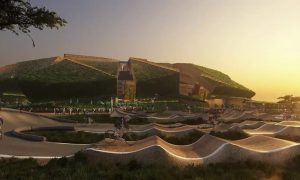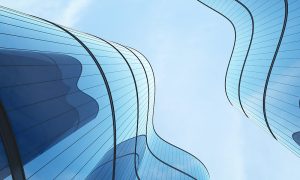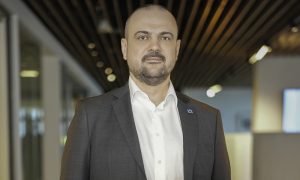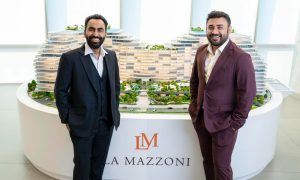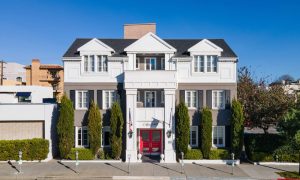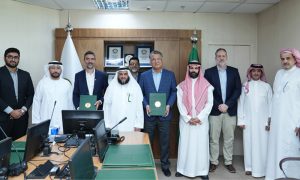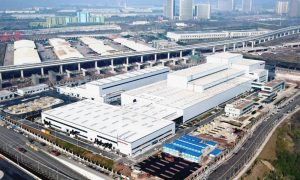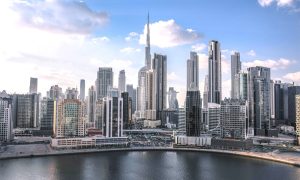Elevating Architecture
Middle East Consultant talks to Pedram Rad about U+A’s commitment to the region, staying ahead of the game and its business and key project deliveries in 2017
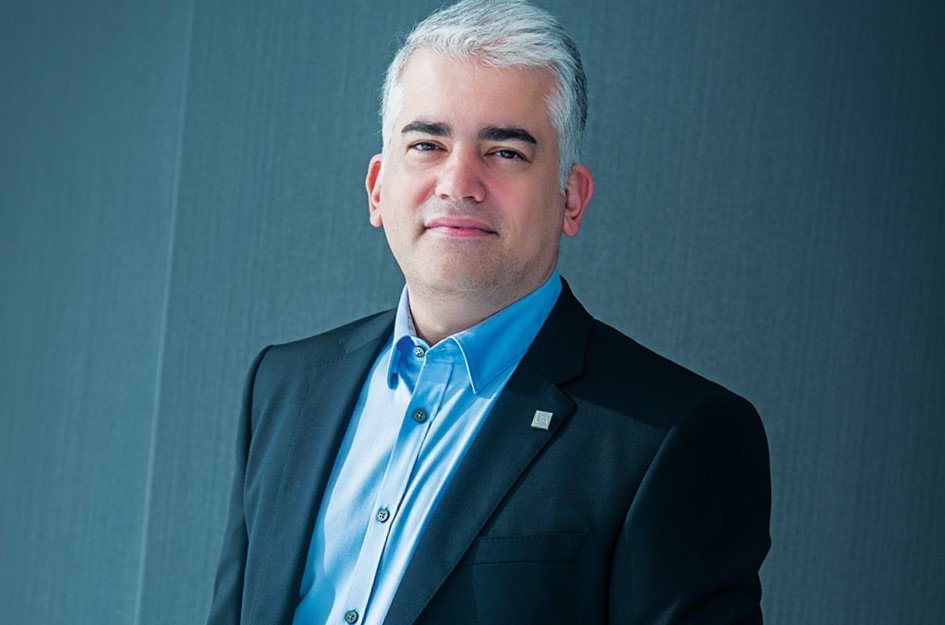
Established in Dubai by Pedram Rad and Martin Dufresne over 10 years ago, U+A has grown to become an international multidisciplinary consultancy with a vast array of projects under its belt. Thanks to its substantial pool of in-house talent and a commitment to quality, the firm has made a name for itself in the architecture, master planning, interiors and landscaping fields.
As a result, despite challenging market conditions in 2017, U+A expanded its project portfolio and closed the year on a high note. In fact, the firm was awarded the prestigious Architectural Company of the Year prize at the annual 2017 Middle East Consultant Awards, winning for the second year running.
“Winning this award is really encouraging, but it also makes me feel that we have to be even more responsible not just to our people but to our city; and of course we have a big responsibility to the clients that give us this opportunity to design,” says Pedram Rad, managing director at U+A.
The Middle East and Dubai specifically are highly competitive markets. To maintain an edge, Rad notes that he and his firm place a lot of emphasis on advancing staff skill levels. “We always encourage our people to grow, and what we want to do this year, in line with being an award-winning company, is to allocate budget for research and making sure that our team is always being educated. I think that no matter what age you are, you need to learn. You have to make sure that you are in the market as fresh and eager as you were when you first graduated.”
Rad is quick to point out that U+A is keen to hire talent from around the globe and that this diversity of staff contributes to his firm’s success. “Diversity in the workplace is always good, but it can be a challenge because people come from different cultures and backgrounds and have studied at different institutions. To get around this, we focus on team building and putting everyone’s heads together so we can move towards our goals and objectives. It’s challenging, but I think our team is quite responsive and we have had a great year because of them.”
Another factor in the firm’s success is its commitment to delivering both quality and value to clients. Rad notes that clients are becoming more and more cost-conscious, which means meeting expectations is a balancing act.
“We specialise in giving clients a quality, timeless design that is efficient and delivers both value and return on investment. Maintaining this balance is tough, but we are going to stay on this route and keep focusing on quality design and details. Unfortunately, we see a lot of projects where quality is lacking, which I think is a shame, so this is where we will continue to try and add value. We are trying to work closer with contractors to make sure that they understand what we want and this, I believe, pushes them to deliver better results.
“Working together, we can really achieve a different outlook for Dubai architecture. That’s important to us because this is our city, we’ve been here for many years, and we want to make sure that the architecture delivered is the best in the world and that both quality and details are top-notch.”
Reflecting on 2017
Despite challenging conditions across the GCC in 2017, U+A had a solid year and was even able to expand its portfolio. “Last year we included mid- and high-rise projects with developers such as Emaar. We were quite successful in the interior design sector as well, with projects such as the Marriott Hotel and also with Dubai Properties, again in the residential sector, working on high-rise projects. As you know, one of the signature projects that we worked on in 2017 was the floating homes within Marasi Business Bay. So 2017 was overall a good year in terms of the number of projects that we had,” Rad says
Looking at the year ahead, Rad is cautiously optimistic, noting that a variety of factors and the looming introduction of VAT had an impact on the real estate market. “We were not directly impacted by the slowdown in the real estate market, but it gave us a different perspective about the future and caused us to consider how to drive through it,” he notes.
Reacting to market realities, U+A looked internally to strengthen its various disciplines. “Each discipline is maintained as an individual business unit and we made sure they each contributed to the business. So not only can each business unit take on their own projects independent of the others, U+A can also leverage them all on specific projects when needed.”
Rad is convinced architecture will always be U+A’s core business, but notes that the firm’s other disciplines will also contribute strongly to the company’s bottom line in 2018. “We still believe that architecture is our core, while interior design will be the second discipline to support our business. Site supervision is another sector that supports the whole company, and we’re really trying to make sure that the quality stands on a different level.”
He explains that U+A is eager to expand its area of focus beyond the Middle East in 2018, as part of its plans to diversify and strengthen its business.
“There are two things that are very important to us in 2018. First, we want to start thinking global. Dubai was and still is a big platform for us as an architecture firm, and we have done a lot of work which is appreciated by people we meet around the world. We’re looking to capitalise on the work we’ve done in the last decade and we’re now looking at opening an office in London, which will work with the Dubai office. We’ve already reactivated our Toronto office to cater to North America, which we believe will be a strong market post-2020. We are also in the process of registering in South Africa in Cape Town, which will be our next big move.
“These locations are key for us. I was recently in London to set up the office, and it’s quite exciting because it gives our people in Dubai a view of where things are going and where we want to be as a company. Beyond that, people that work in Dubai can also seize the opportunity to learn more about what’s going on in different markets, especially in the London market, which is quite diverse in terms of architecture. We’re also hoping our staff in London can one day bring their know-how and experience to Dubai so we can leverage it.”
Signature Projects
In 2017, U+A saw two key projects come to life, both having begun in the first half of 2015.
“One of our signature projects pushed the outlook of the real estate sector in Dubai and it is quite outstanding when you look at what has been achieved so far. Marasi Business Bay and its floating homes is a project that I’m sure any marine lover, and certainly the people who will live there, will enjoy. We worked with Dubai Properties to master plan the project, and we wanted to give it a strong identity. We came up with some exciting and interesting ideas with the floating swimming pools and restaurants, and it’s great that our ideas caught the management team’s attention and they agreed with what we had proposed. The whole project was challenging because it’s a first for Dubai and the region, and we’re happy that phase one has come together so well despite the many complexities,” comments Rad.
“The biggest challenge on this project was the unknown. We were learning as we were going, and as consultants we had to make sure that we were giving the client proper advice. Above all, we made sure that the client understood the issues and challenges on that project.”
The other key project U+A helped bring to fruition in 2017 was the Swiss International Scientific School. The consultancy participated in a competition and Rad says his firm beat three out others thanks to its unique proposal. Compared to Marasi Business Bay, the biggest challenge U+A had to contend with here was working around the client’s budget. Rad notes that the project ultimately came together thanks to the efforts of all the stakeholders.
“We were the lead architect on this project, the client already had structural and MEP firms lined up and we managed the whole process. When we came onboard we started adjusting the master plan with regard to the new buildings, because we noticed that the old master plan didn’t really give visitors or students any sort of arrival experience and it wasn’t obvious where to go once you had arrived. So we changed things around to create a more welcoming plaza for everyone, and then we looked at the interior design of the project. The project now really gives this sense of hospitality to everyone that is studying, working or visiting.”
With both projects, Rad is now eager to see how people will react to what has been developed. “There are a lot of projects that look beautiful, but unless people are actually enjoying the spaces, it doesn’t mean anything to me. I strongly believe that architecture should improve people’s lives – and that’s the focus, and the hope, we have for all of our projects.”



